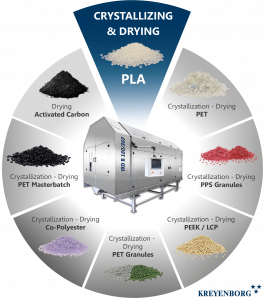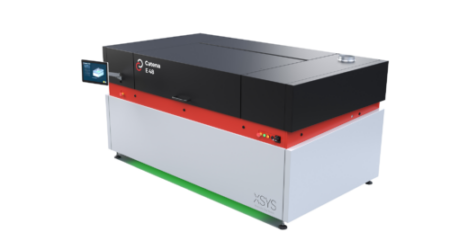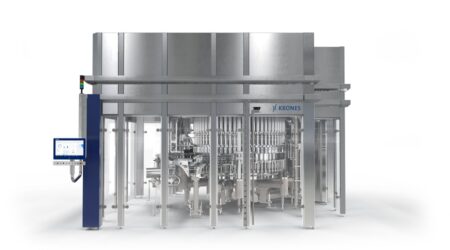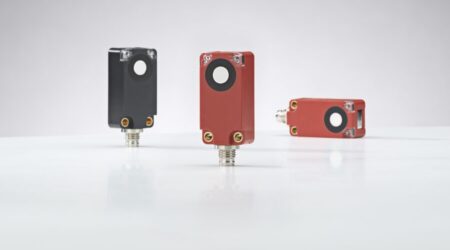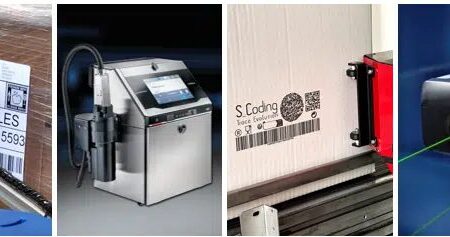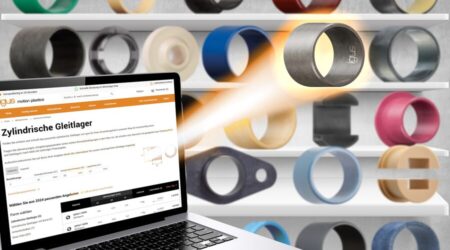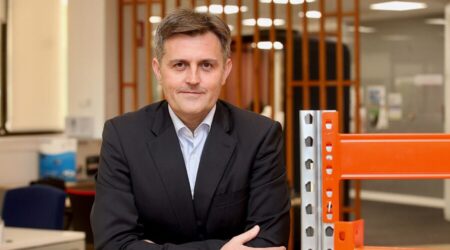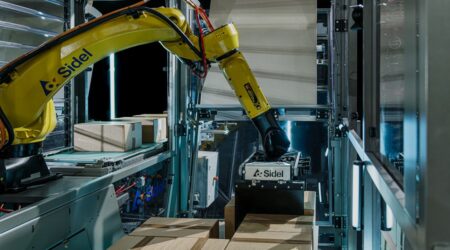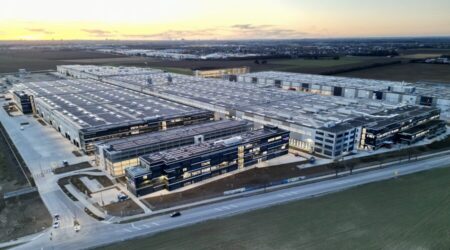PLA crystallization and drying in minutes instead of hours
Polylactide (PLA) continues to enjoy increasing popularity. A particular challenge in processing is crystallization and drying. Because PLA is a hygroscopic thermoplastic, it readily absorbs moisture from the atmosphere. The presence of even small amounts of moisture hydrolyzes the biopolymer in the melt phase and reduces the molecular weight. As a result, the mechanical properties of PLA decrease and the quality of the final product is compromised. Therefore, PLA must be thoroughly dried directly before melt-processing. In many cases, recycled polymer must also be crystallized before drying.
With its infrared rotary drum (IRD), KREYENBORG offers a fast, energy-saving and product-friendly solution. Feed material is first introduced into the rotary drum by a volumetric dosing system. High-level heat is then quickly and directly introduced into the core of the material by means of infrared light. This energy thus heats the material from the inside and drives the moisture out through heat flow from the inside out. The air, laden with moisture, is discharged by a constant flow of air from within the drum.
A continuously moving spiral welded into the rotary drum ensures a homogeneous mass-flow with a defined residence time (first-in/first-out principle). The mixing elements integrated in the spirals, as well as the rotation, ensure continuous mixing of the feed material. In the process, the material at the surface is constantly exchanged. These continuous rotary movements prevent the product from blocking and clumping. With these advantages, drying times of only 15 minutes can be achieved.
In conventional hot air dryers, the previously crystallized PLA can be dried at only 65-90 °C (150-190 °F) using dehumidified air. Here, higher drying temperatures could lead to softening and blocking of the polymer in the dryer. Typically, this results in drying times of between 2 and 8 hours, while lower drying temperatures result in even longer drying times. The energy input necessary for these conventional processes is sometimes considerable.
Generally, PLA must be dried to a moisture level of < 250 ppm and maintained at this level to minimize hydrolysis during melt processing. Achieving and maintaining these kinds of levels is not optional, but is an absolute necessity, and is feasible using KREYENBORG’s infrared rotary drum. A dry granule helps control relative viscosity (RV) loss, which should be less than 0.1. Controlling RV loss is critical to maintaining impact resistance, melt-viscosity and other important properties of the feedstock.
KREYENBORG invites customers who want to see the performance of the machinery in action to participate in pilot plant trials, which now can even be conducted online!



